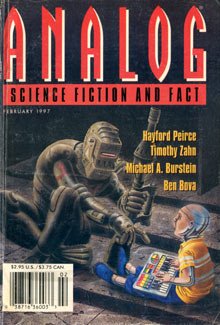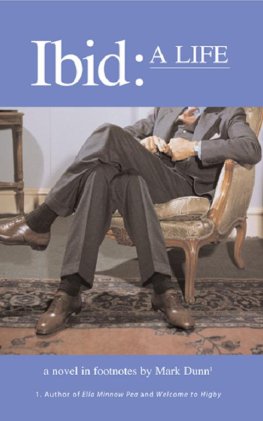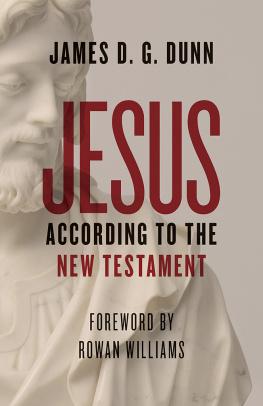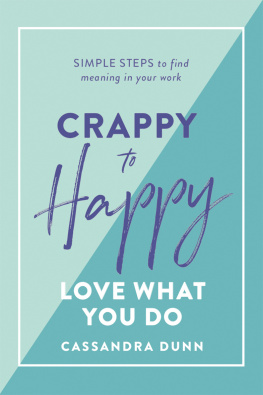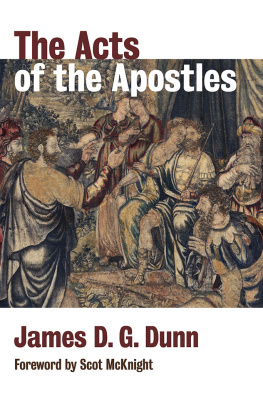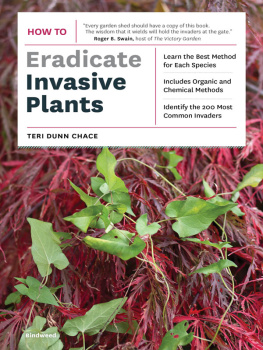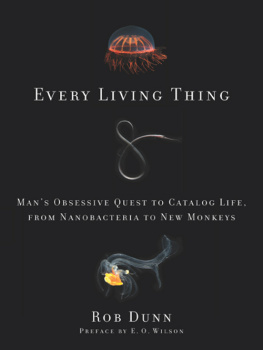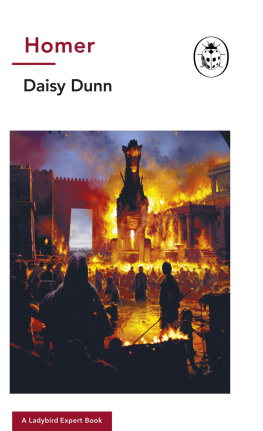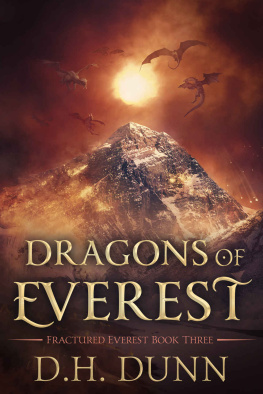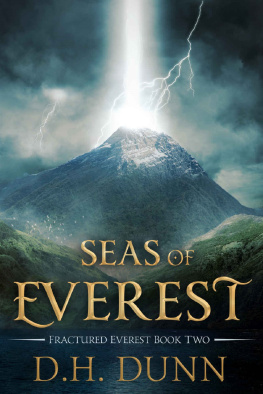NOT BY ACCIDENT
Copyright 2015 by Samantha Dunn
All rights reserved. No part of this publication may be reproduced, distributed, or transmitted in any form or by any means, including photocopying, recording, digital scanning, or other electronic or mechanical methods, without the prior written permission of the publisher, except in the case of brief quotations embodied in critical reviews and certain other noncommercial uses permitted by copyright law. For permission requests, please address She Writes Press.
Published 2015
Printed in the United States of America
ISBN: 978-1-63152-832-3
e-ISBN: 978-1-63152-833-0
Library of Congress Control Number: 2015937499
For information, address:
She Writes Press
1563 Solano Ave #546
Berkeley, CA 94707
She Writes Press is a division of SparkPoint Studio, LLC.
ALSO BY SAMANTHA DUNN:
Failing Paris
Faith in Carlos Gomez
Women on the Edge: Writing from Los Angeles (editor)
FOREWORD
A fter St. Augustines Confessions and before the current wave of memoirs, Samantha Dunn wrote Not By Accident. It was widely hailed when it was published, and now its return is cause for another celebration.
Quite simply, Not by Accident is a classic in the genreand book categories aside, it is simply a fine piece of writing that stands alone. In this memoir, a horseback-riding incident propels our heroine on an inward and outward journey that results in, yes, a return to the saddle of the horse that inadvertently almost killed her.
But how she started over and hit the trail again is a rich and multilayered story filled with beauty, anguish, and great humorplus theres a bonus track in the form of lyrics from Ratt. More rocking yet, Michelangelo checks in for an important visit, along with various citizens of LAs healing community, including doctors who practice medicine Western-style, and yoga devotees whose practice is anything but. And through it all is Sams beloved thoroughbred Harley, waiting to reconnect with his partner when sheand heis ready.
The accidentbut was it really? For the answer, you must read this book!happens like this: One day, life-long equestrienne Sam takes Harley out for a ride. They follow a trail that others are praising for its new wildflower blooms and waterfall at its end, and soon they reach a flowing creekunusual in these California drylands and not something Harleyskittish, as are all thoroughbredsis accustomed to. He is reluctant to cross it. Sam dismounts and coaxes him into the water, smoothing his coat, which, she writes, seems like the skin of an eel, then a mink, oiled and slick. Realizing she is wearing new paddock boots, she skips across the water, not wanting to get them wet. The unfamiliar noise roils Harley; he rears up and Sam is flung and knocked over, stunned and watching as the 2,100-pound horse comes down on her left shin, nearly slicing off the leg with his hoof. Bleeding profusely and unable to move, she lies for a time in paralysis, flooded by memories and fears, wondering if this is the end, right here in the wilderness with emergency services and water and tourniquets just moments away. Trees, birds, and flowers stand out in bas-relief, yet natures song makes no difference. As Sam writes so eloquently in her book, The loudest sound is my own breath. Everything is perfectly ordered, the quick rise and fall of my chest. The ground, the chlorophyll sweetness of grass, the squawk of a scrub jay, the rush of breeze in the oaks overhead. People have died to these sounds for thousands of years.
But somewhere inside these seemingly last moments, her grandmotherdead for a decadepays her a visit. What the hells the matter with you? the voice harangues. Youre not dead yet. You can still scream. And scream Sam doesa person who never wanted to ask for help now calling for it in a place where, quite possibly, no one is listening.
To her surprise, someone is listeningand, in fact, since this is California, and Los Angeles, and Malibu at that, that someone is a famous actor, Edward Albert, Jr., who ambles in through the chapparal, just like in the movies. He happens to live nearby, and was working his horses with a friend when he heard the cry. He administers first aid and calls paramedics, who chopper in, and then Sam is whisked away to the hospital. There, a series of several surgeries begins, followed by months of pain and the unraveling of her life and all of the attendant questions. As Edward Albert tells her months later, I remember seeing you in the dirt, and the look in your eye. I said to myself, this has the reek of karma all over it. It was literally a breaking point. You could go one way or the other.
As she always has in her life, Sam took the road less travelledand then wrote about it so we could all make sense of our own painful and marvelous journeys into parts unknown. I met Sam shortly after Not by Accident was first published. I was working on my book Mustang: The Saga of the Wild Horse in the American West, and some of our mutual friends in the literary community of Los Angeles suggested that I read her book, not just because it was about horses, or rather that a horse was part of the story, but because one of its concerns was how fraught is our relationship with them. Although my book was about wild horses and Sams had to do with a domestic horse, both works examined the role of the horse in our lives, in all its splendor and tragedy, and its never-ending ability to help us escape the shackles of daily life and burdens.
Years into my book, I became fearful of finishing. I had become so close with one of the horses in it that I believed she had survived a massacre to serve as my guide through the story of her kind. Once I pressed the send button, her raison d tre would be wiped out and she would perish. Grandiose perhaps, but such was my fear at the time. On the other hand, what if something happened to me during the course of writingand I couldnt finish the story? It was part of my lifes work; who would complete it if I could not? The only writer who could finish the task at hand was Samantha Dunn. The task was not to cook up the second half of my sentences but to recount the majesty and tragedy of the horse, in this case through the prism of our national life and yearnings. So well had Sam understood how the very being of the horse is woven into our narratives and selves; how in awe I was of her writing as she described the moment that she rides Harley again, for the first time, after the accident:
Harley stands quietly, flicks his ears as if waiting for directions. What now, boss? My leg immediately starts to throb from the pressure of hanging but I ignore it for now. My hands run over his shoulders, I inhale the smell of him, the scent of oil and dried sweat, a single green stalk of alfalfa tangled in his mane. I grab a handful, the wiry black strands. How like suture thread; I never noticed that before.
I never noticed that before either, not that I had cause to, but how right, I thought when I read that, a mane like suture thread! How necessary, how always. Yet I never asked Sam if she would finish my book should the occasion arise, only told her years later, too embarrassed to admit to such a need at the time, certainly not ready to call out for help.
Do you think Ill ever dance again? Sam asks her doctor after one of his early and extremely dire pronouncements about the state of her leg. It wasnt that she was a person who danced, but now she was kind of wondering. How could she do that, after all, with one leg? But really, it wasnt just the prospect of being one-legged, it was something well beyond that. People who have near-death experiences, who come face-to-face with that well-known white light and then return, often report that they regret not having used the body in which they dwell; in fact they feel they have disappointed the shelter that can provide them with so much pleasure. They vow to begin anew, letting the senses take them where they may, and they advise us to join them. Sam did in fact dance again, or for the first time, and then wrote about that too, in another fantastic memoir called
Next page

